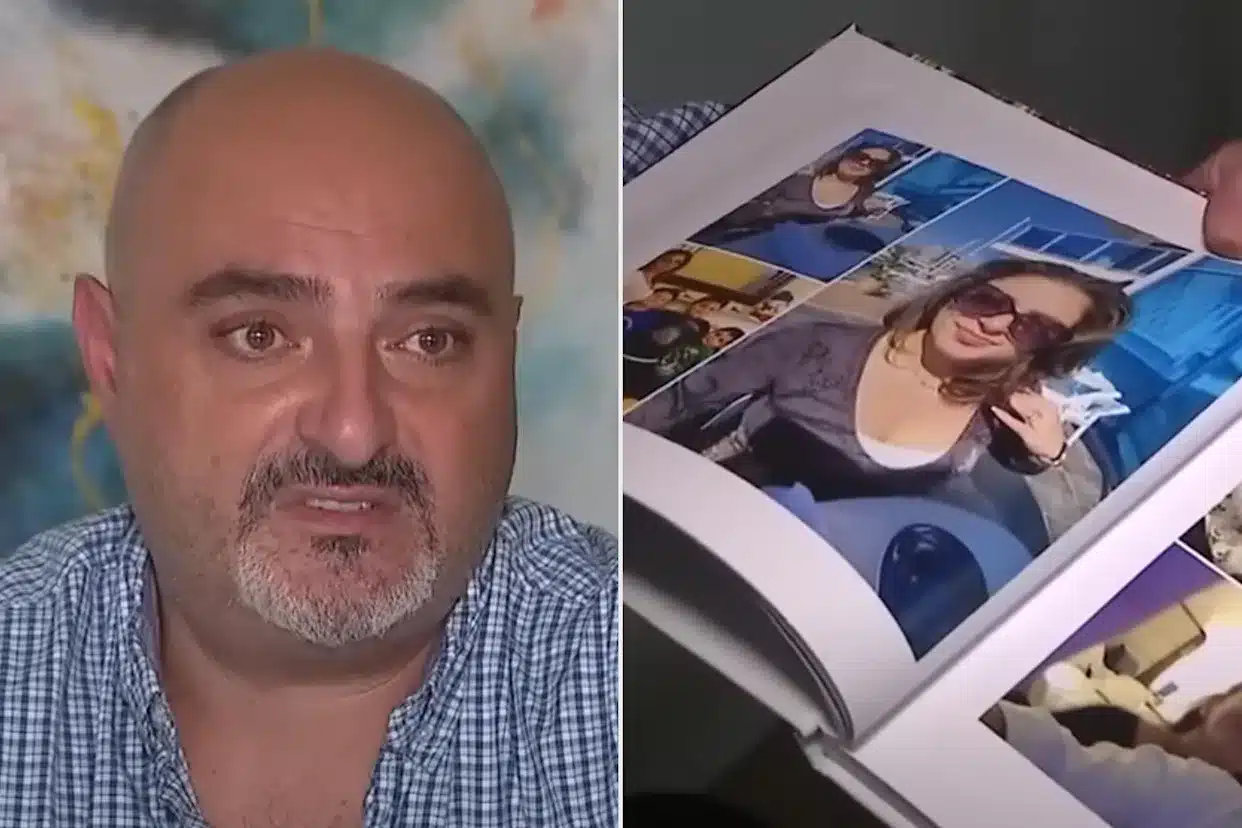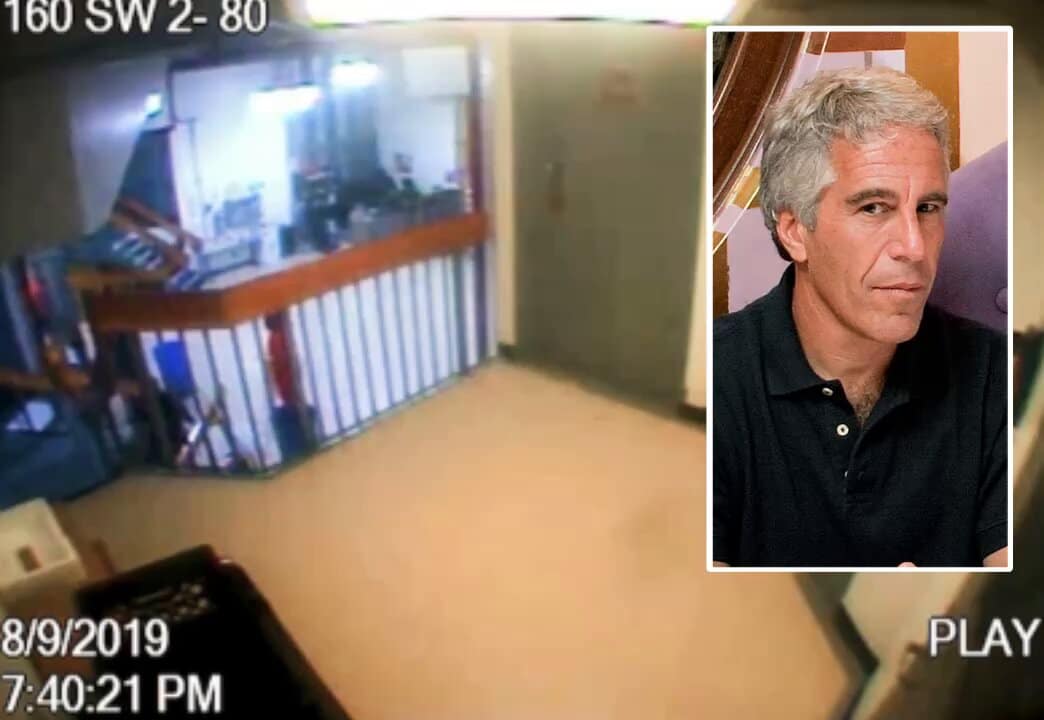Police over in Michigan have advanced technology yet again by 3D printing a murder victim’s finger so that they can gain access to the information stored within their iPhone.
Featured Image VIA
The cops hope that it will lead to crucial information that will help solve the case and catch the killer who still remains at large. I suppose if Apple aren’t going to let you have access to the iPhone then that’s one way to get around it.
In order to create the fingers, the police were able to use a separate set of fingerprints – which had been taken during an unrelated arrest – to the lab at Michigan State University where they were used as a blueprint. From there, computer science professor Anil Jain (pictured below), who specialises in biometric identifiers like fingerprint scanners, created a 3D printed replica of all ten fingers:

All ten fingers were needed as the police weren’t sure which digit the victim used open his phone.
They presumed it was probably going to be the thumb or index finger – that’s what most people use – but we have all ten.
Image VIA
Gotta cover all those bases. In case you’re wondering why they can’t just use the dead person’s finger to open up the phone, well then – despite the fact that it’s completely morbid – it’s because a dead person’s finger won’t provide the electrical charge that the iPhone’s capacitive sensor uses to detect fingerprints. Anil got around this by coating the 3D fingers in a small layer of metallic particles. Badass.
However, the process still might not work because they’re probably going to have to punch in a passcode to unlock the phone if it hasn’t been used for 48 hours (or switched off and then on again). Not really sure what the point of this whole process was in that case, are you? Cool idea though, sure.
For more 3D printing, check out these hacked 3D printers becoming tattoo artists.















